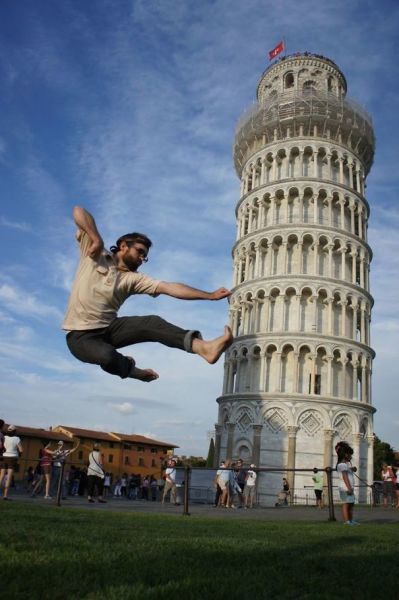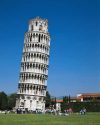
These efforts decreased the tower's lean by 10%, leaving it at a 5-degree slant. After more brainstorming, the committee attempted "underexcavation" - that is, using long tubes and drills to noninvasively remove the ground beneath the north side of the tower's foundation.Īs soil was removed, the structure slowly started to rotate northward.

But this didn't stop the rate of tilt, even after they added an extra 300 tons (272 metric tons) to the north side, along with ground anchors, according to Fiorentino. The committee first affixed 600 tons (544 metric tons) of lead to the base of the tower's north side in 1993, hoping to compensate for the sinking southern side.

"There is a great debate around how much we can change about the monument. "It's one of the symbols of Italy," Fiorentino told Live Science. In 1990, it appointed a committee of experts to mitigate the lean - but without eliminating it and its tourist attraction. In 1991, Pisa became the sister city of Niles.As the tower's slant gradually grew to 5.5 degrees, the Italian government took action to protect the landmark, according to Fiorentino. Note: The Leaning Tower of Pisa has a "body double" located in Niles, Illinois, a suburb of Chicago. "If you take the lean from the Leaning Tower, how many people will still come here to see it?" "The lean, of course, is essential," he said. Tourists do their bit to keep the tower from falling over.Īnd if the job's $25 million price tag seems a little steep for a seemingly minor repair, well, perhaps CBS newsman Winston Burdett put it best in his 1972 report:

In the end, engineers employed a complex array of drills, weights and cables to reduce the tower's 15-foot tilt by about 17 inches, or one-half of one degree, keeping the all-important tilt intact. "I really wouldn't know where to begin," was another man's opinion. One man offered, "Lift it up from underneath?"


 0 kommentar(er)
0 kommentar(er)
